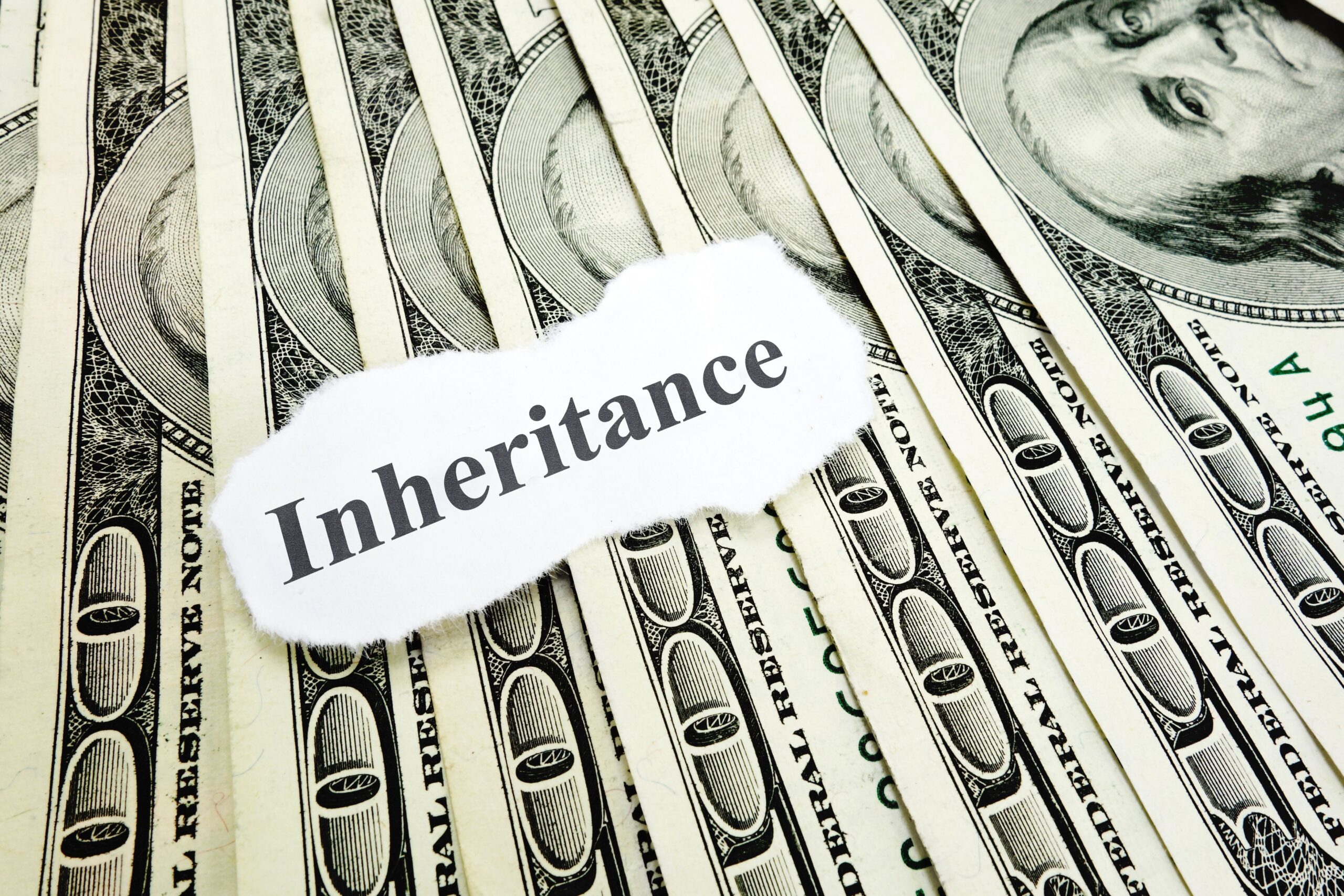
Being removed as a beneficiary of a Will or Trust can be emotionally painful for all involved. There are several types of disinheritance. The most extreme example of disinheritance is full/complete disinheritance.
What is Complete Disinheritance?
Complete disinheritance happens when a Will creator (“Testator”) or Trust creator (“Grantor” or “Settlor”) amends or changes a previously established estate plan to exclude a previous beneficiary from inheriting the assets upon death their death. Prior beneficiaries who have been fully disinherited are not entitled to receive any share of the estate assets upon the death of the Will or Trust creator.
Complete disinheritance can occur in several forms. Some people amend their Will and/or Trust to simply omit a previous beneficiary’s name. Others may include specific language in the amendment to specifically state that a beneficiary has been fully disinherited or intentionally omitted from receiving an inheritance under the Trust or Will. Finally, the Trust or Will creator may add an entire disinheritance clause to the estate plan like the example below. Sometimes, the disinheritance clause even includes a specific reason for disinheriting a beneficiary. Below is an example of the type of language that can be found in a disinheritance clause:
“DISINHERITANCE. I have intentionally omitted from this Trust Agreement any provision for any heirs, descendants, issue, relatives, or other persons who are not designated as a beneficially in this Trust Agreement. Further, I have intentionally excluded my maternal first cousin, Sophie K. Erickson, from any gift of inheritance from this Trust Agreement.”
What Causes Complete Disinheritance?
There are various reasons a Will or Trust creator may decide to revoke someone’s inheritance. Relationship problems between the Grantor and a beneficiary are a common reason for complete disinheritance. In some instances, parents disinherit their own children or other immediate family members due to a distant, strained, estranged, or unhealthy relationship.
Sometimes Grantors choose to omit a specific family member because they feel that person already has sufficient assets compared to the other beneficiaries. Financial support in the form of gifts or loans from the Grantor during an heir’s lifetime may be another to omit an heir as a beneficiary.
Sometimes there are nefarious reasons for complete disinheritance. Bad actors could have influenced, coerced, manipulated, or defrauded the Grantor to effectuate a complete disinheritance. The Grantor may not have been of sound mind when amending their estate plan due to dementia, Alzheimer’s, stoke, or conditions that cause cognitive impairment.
If a beneficiary believes they have been disinheritance due to coercion, undue influence, fraud, or lack of mental capacity, there may be legal recourse. If you suspect undue influence or lack of capacity was a factor in a complete disinheritance, contact an attorney who specializes in trust and estate litigation as soon as possible for a case evaluation.

